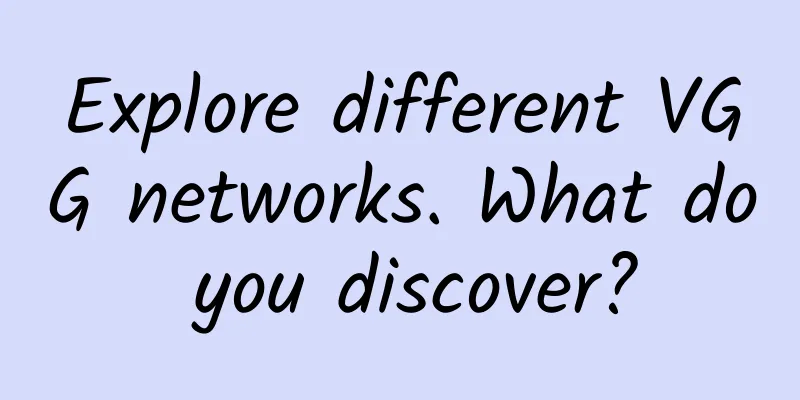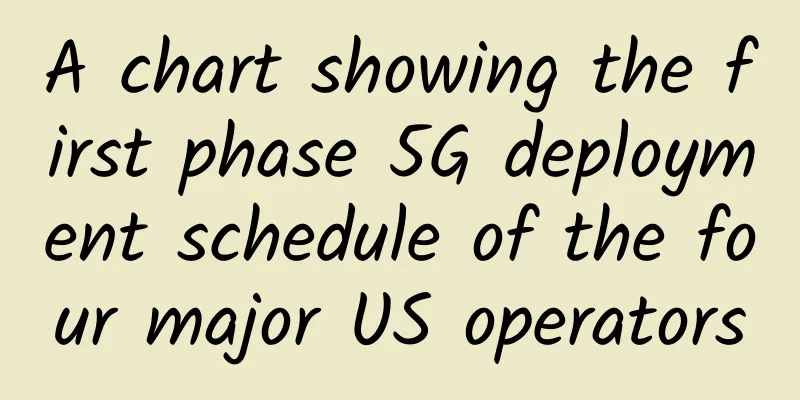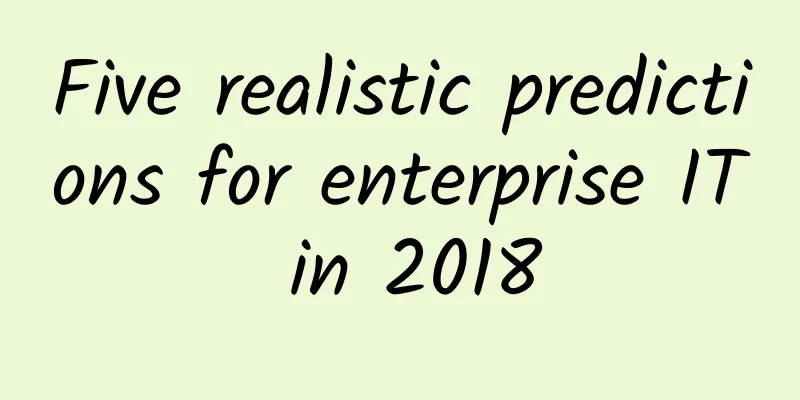Explore different VGG networks. What do you discover?

1 QuestionExplore different VGG networks. 2 MethodsThe VGG network is a classic convolutional neural network structure. Its main feature is the use of very small convolution kernels and pooling layers. By continuously stacking these small convolution kernels and pooling layers, a 16-19-layer deep convolutional neural network is successfully constructed. In addition to VGG-16 and VGG-19, there are also different versions of VGG networks such as VGG-11 and VGG-13. The main difference between these networks is that their depth and number of parameters are different, so their performance is also different. 3 ConclusionTo explore different VGG networks, the code defines a VGG network model where the depth parameter controls the depth of the convolutional layer. In each convolutional block, we use the same number of convolutional layers to keep the feature map size constant and continuously increase the number of channels. Finally, we add two fully connected layers to output the final classification results. The disadvantage is that the model does not use any regularization techniques, which may cause the model to overfit the training data and reduce its generalization ability. Although the VGG network is classic, many more advanced network structures have emerged since its introduction, which can provide better performance on many tasks. Lack of more detailed hyperparameter settings. Lack of pre-processing and post-processing of input data: This may affect the training and performance of the model, especially when using images of different sizes or types. In the future, we can study deeper network structures. Although the VGG network is relatively deep, with the improvement of hardware performance and the development of optimization technology, we can try to build deeper networks. This may lead to more complex calculations and more parameters, so we need to study how to effectively train and optimize such networks. More effective feature extraction, the VGG network improves performance by increasing the depth of the convolution layer, but this also increases the complexity of calculation. In the future, we can study how to design more effective convolution kernels, or use more advanced feature extraction methods, multimodal and multi-task learning, etc. |
<<: What problems do HTTP/1, HTTP/2, and HTTP/3 solve?
Recommend
Ministry of Industry and Information Technology: Plans to build 600,000 new 5G base stations in 2021
On January 26, the State Council Information Offi...
5G+IoT, why will it usher in a completely different era of “operator of everything”?
In the previous article "Entering the Billio...
5 false truths about 5G mobile phones, don't be fooled anymore
[[360004]] Although some things are real, they ar...
Maxthon Hosting: 600 yuan/month Hong Kong Dedicated Server-E5-2630v2/16GB/480G SSD/2IP/CN2 GIA Line
The tribe has shared information about Aoyo Zhuji...
How to establish a performance testing strategy in a cloud environment
【51CTO.com Quick Translation】 Living in the prese...
[6.18] RackNerd: $17.88/year KVM-1.8GB/18GB/5TB/Los Angeles Data Center
RackNerd has released a special package for the 6...
Foreign media: South Korea encourages virtual network operators to participate in 5G competition
South Korea's Ministry of Information and Com...
How to stress test network traffic?
There are many network testing software. Today, w...
DiyVM: 50 yuan/month-2GB/50GB/5M/Hong Kong, Japan, and the United States are available
DiyVM is a Chinese hosting company founded in 200...
Ministry of Industry and Information Technology: 4G users reached 1.296 billion, accounting for 80.9%
Recently, the Ministry of Industry and Informatio...
Understanding Overlay Network Technology
Introduction In the traditional historical stage,...
KVMLA Japan/Singapore dedicated server monthly payment 30% off, 595 yuan/month E3-1230v3, 16G memory, 480G SSD, 20M bandwidth
KVMLA has launched a special promotion for dedica...
Important event preview: Here is an invitation to smart education
With the release of the "Education Informati...
What is 6G and when can we expect it?
Since 5G networks are still being deployed around...









